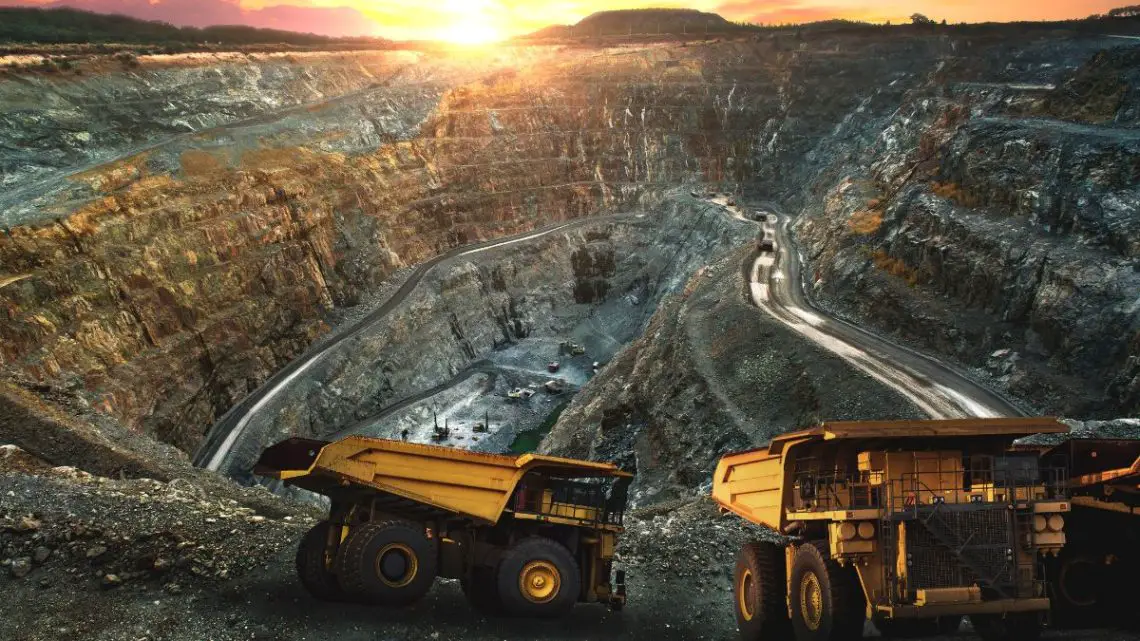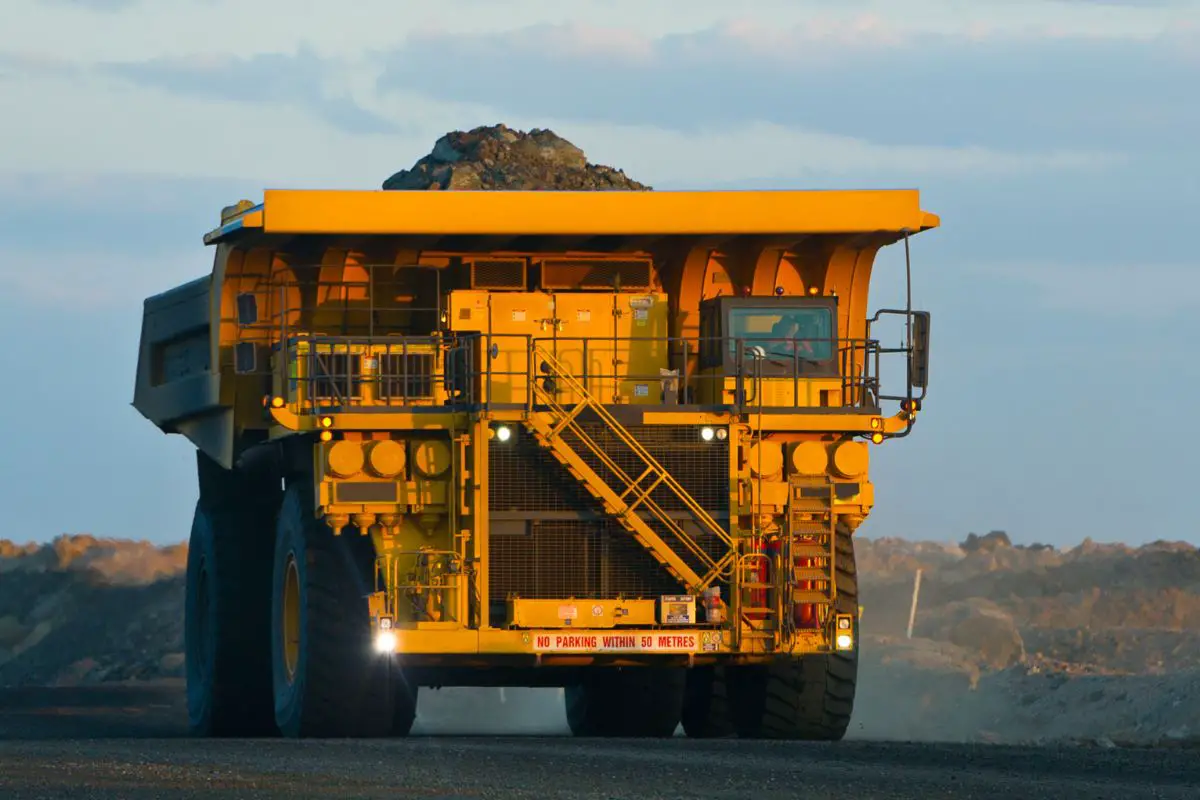
Massive hydrogen fuel truck to help decarbonize the mining industry
October 13, 2022At three stories tall and weighing 500 tons, this vehicle is among the largest the world has ever seen.
A new hydrogen fuel truck is being tested by the mining industry in the hopes of helping to decarbonize activities that have been exceptionally challenging to mitigate.
The H2-powered vehicle is meant to replace typical mining haul vehicles, which pollute heavily.
Mining is a pollution-heavy industry, but the goal is to use the new massive hydrogen fuel truck to replace traditional haul vehicles and decarbonize their operations. This industry alone contributes as much as 7 percent of the world’s total carbon emissions per year, according to data from the McKinsey consulting firm. That represents over twice the pollution from the global shipping industry, which is closer to 3 percent.

About half of the mining industry’s carbon emissions are from haulage vehicles, which are used for the transportation of huge, heavy rocks between sites, according to clean energy company First Mode’s principal systems engineer David Gerhardt.
First Mode is aiming to use this new H2-powered vehicle to replace the conventional diesel-powered engines. Their project started in 2019, and since that time, it has developed what the company is calling the largest mobile hydrogen power plant in the world.
The colossal hydrogen fuel truck must generate 2 megawatts of electricity per second to operate.
The amount of electricity required to power the truck is about the equivalent to powering 1,500 US homes. To achieve that level of output, Gerhardt said that the company had to look at the project in a way no one ever had.
“The scale of fuel cells that we were looking for didn’t exist on the market,” Gerhardt pointed out. Therefore, First Mode combined several smaller fuel cells to create a 25 metric ton onboard power plant. For context, Gerhardt said that the power plant on the vehicle weights about the same as five elephants and powers a vehicle capable of transporting a load as heavy as about 100 elephants. “You can imagine the power that it takes to move 100 elephants up the hill at 15 kilometers an hour.”
The hydrogen fuel truck first started its operations in an Anglo American-owned mine in South Africa.
The hydrogen fuel truck began operating in May in South Africa at the Mogalakwena mine owned by Anglo American. The massive mining company commissioned First Mode’s power plant development and estimates that one of it’s fleet’s typical mining haul vehicles uses about 900,000 liters (about 237,755 gallons) of diesel per year.
The Anglo American partnership “has provided us a platform and an entry point into what is a very complicated environment, which is the mine operation itself,” said Chris Voorhees, CEO at First Mode. That said, he also went on to say that it was important to remember that decarbonizing the mining industry requires more than zero-emission hydrogen fuel haul trucks. It must also include everything from how the raw materials are sourced, created and manufactured.
Still, when taking into consideration how much pollution the haul vehicles themselves cause, replacing them with hydrogen-powered alternatives can be considered to be a meaningful step in the transition away from greenhouse gas-emitting fossil fuel use toward options such as H2 which produce only water vapor through their use.
A statement from first mode underscored that the hydrogen fuel truck was designed specifically to run on green H2 as there are several ways to produce the fuel, and many of them are based on the use of fossil fuels. By choosing green H2 – produced using renewable energy – both the production process and the use of the vehicle are carbon emission-free.
The key, however, is in the creation of a sustainable supply chain to ensure that the hydrogen fuel truck’s demands are met. The company is currently working to address that challenge.
“We want to see it through,” said Voorhees. “It’s seeing this in mine sites around the world being successfully implemented in a way that allows mining to actually transform.”



 With over 15 years of reporting hydrogen news, we are your premier source for the latest updates and insights in hydrogen and renewable energy.
With over 15 years of reporting hydrogen news, we are your premier source for the latest updates and insights in hydrogen and renewable energy.